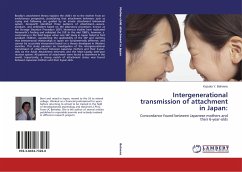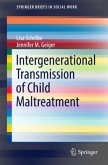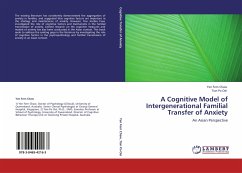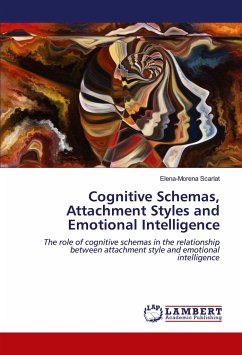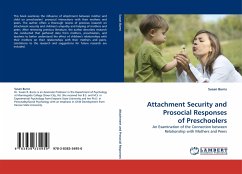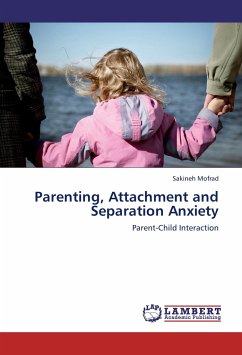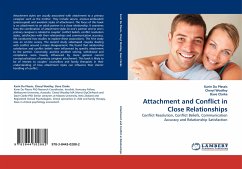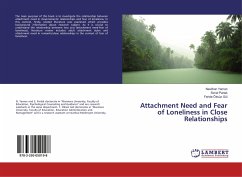Bowlby s attachment theory explains the child s tie to the mother from an evolutionary perspective, postulating that attachment behaviors such as crying and following are guided by an innate attachment behavioral system. Ainsworth identified three patterns of attachment secure, avoidant, and ambivalent based on the laboratory procedure, known as the Strange Situation Procedure (SSP). Numerous studies have replicated Ainsworth s finding and validated the SSP. In the mid 1980 s, however, a controversy in the field began when one SSP study in Japan failed to find avoidant children, questioning the applicability of the SSP and claiming that interpersonal relationships in Japan are fundamentally different, and cannot be accurately interpreted based on a theory developed in Western societies. This study pioneers an investigation of the intergenerational transmission of attachment between Japanese mothers and their 6-year-olds via the Adult Attachment Interview and the Main-Cassidy sixth-year reunion system. All patterns of attachment were found as elsewhere in the world. Importantly, a strong match of attachment status was found between Japanese mothers and their 6-year-olds.
Hinweis: Dieser Artikel kann nur an eine deutsche Lieferadresse ausgeliefert werden.
Hinweis: Dieser Artikel kann nur an eine deutsche Lieferadresse ausgeliefert werden.

